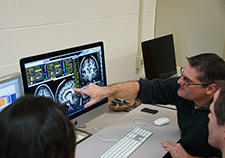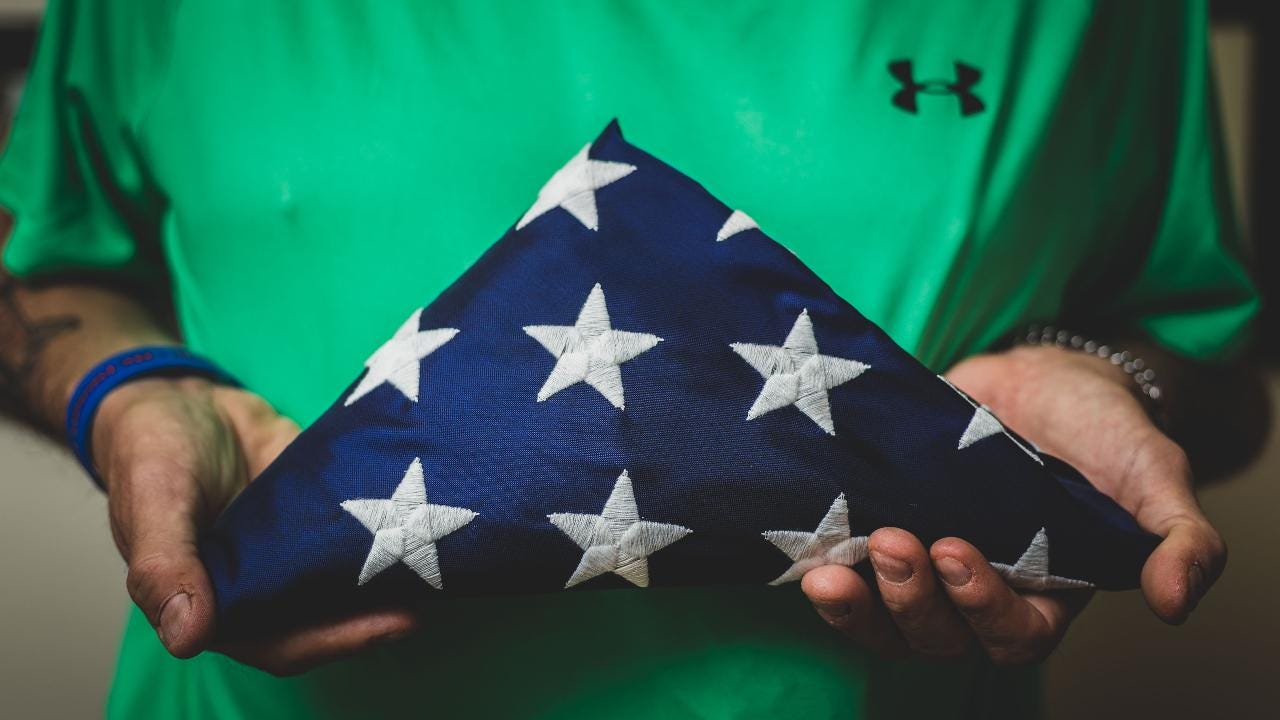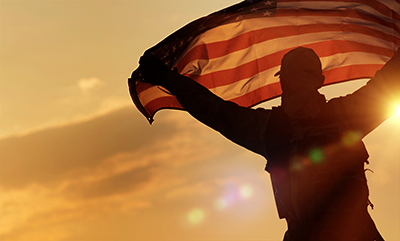SOURCE: Breaking Defense, November 13, 2017
https://breakingdefense.com/2017/11/congress-drop-sec-716-fda-exemption-from-ndaa/
ARCHIVED ARTICLE:
Congress: Drop Sec. 716 — FDA Exemption — From NDAA
The 2018 National Defense Authorization Act contains billions of dollars and much policy concerning medical research and, of course, matters relating to nuclear, biological and chemical warfare. We don’t cover most of those medical issues except when they relate to NBC issues or raise basic military policy considerations. This is one of those cases. In this commentary, the distinguished medical ethicist and professor at the University of Pennsylvania, Jonathan Moreno, calls on Congress to scrap a provision in the 2018 NDAA concerning emergency medical exemptions from FDA oversight. Read on! The Editor.
The final draft of the National Defense Authorization Act would give the Pentagon authority to decide when unapproved drugs and devices (called somewhat vaguely “agents of war” in the proposed legislation), could be used on military personnel in an emergency. Historical experience suggests that this is a very bad idea that would create both medical and morale problems for the military and obscure the difference between medical intervention and experimentation.
This proposal should be dropped from the legislation.
Those who support the new rules




 Twenty-five years after the first Gulf War, scientists still do not know the exact biological mechanisms that are making about one-third of the 697,000 veterans who served in the war sick.
Twenty-five years after the first Gulf War, scientists still do not know the exact biological mechanisms that are making about one-third of the 697,000 veterans who served in the war sick.